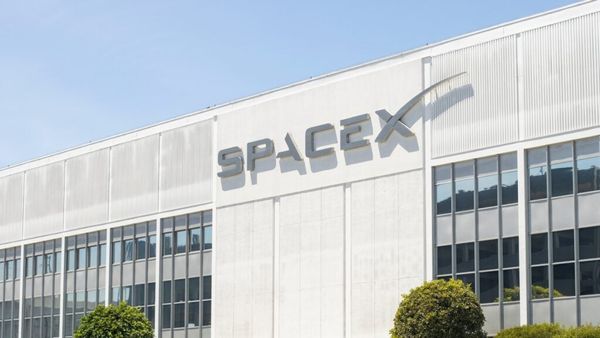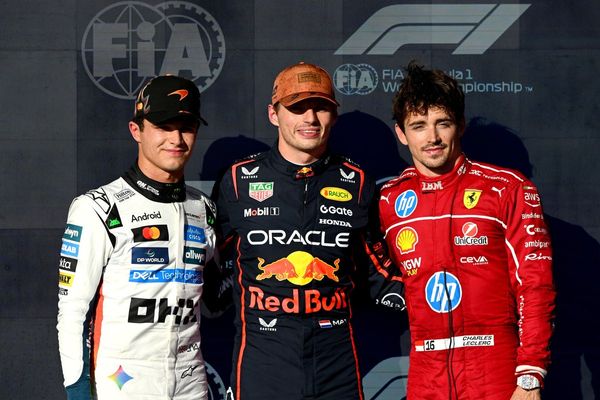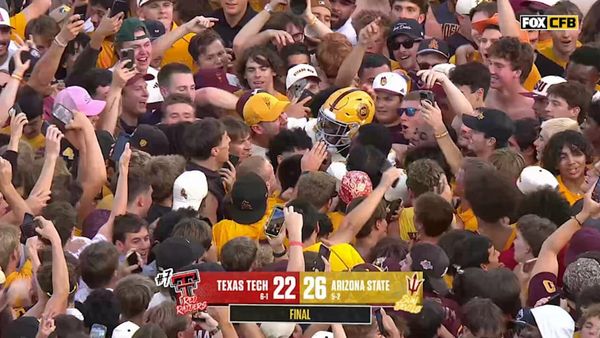
It’s one of the more memorable intros in video game history: as part of a five-person team sent to investigate a communications blackout aboard the mining ship USG Ishimura, engineer Isaac Clarke boots up the vessel’s computer while his colleagues pace around nervously. Suddenly, the lights go out, and shadowy monstrosities appear from the walls, spearing two of the team as Clarke watches helplessly before they turn on him, chasing him unarmed into the bowels of the Ishimura, where even more horrors await.
Fifteen years, two sequels and countless books, comics and spin-offs later, and Dead Space has become synonymous with video game sci-fi horror. Its enemies, the zombie-like Necromorphs, are hideously metamorphosed humans, perverted by the machinations of the Marker, a strange alien artefact that has engendered a worryingly familiar religion known as Unitology. It’s an experience that few players forget, and is being discovered by new fans this year thanks to Motive’s remake – but it almost didn’t get made.
Before it became the behemoth we all know and love/hate (delete as applicable), in the mid-00s Dead Space’s publisher, Electronic Arts, seemed mostly content to license films and sports franchises for translation into video games via its in-house developer, Redwood Shores. James Bond, Lord of the Rings and PGA-branded Tiger Woods games had all been hits, and Redwood Shores’ general manager Glen Schofield felt it had enough clout to pressure head office to let it work on a totally original game.

“Glen went to the bosses and said, ‘I want to try something of our own,’” recalls Ian Milham, art director on Dead Space. “We had delivered enough on those licensed properties that we had a little political capital. But that leash was short. We had maybe six months to produce something good. There was a ton of pressure because these opportunities were very rare; conversely, there was also not much pressure, because we had a great shot and nothing to lose. But if you’d asked me when we started, I’d have said the odds were three to one that we’d be cancelled before we made it.”

A huge horror fan, Schofield wanted a visceral, terror-stricken game that tested the resolve of players. “Most of the team were big horror fans,” remembers senior producer, Chuck Beaver; key influences were Alien and Event Horizon. A pure horror game set in space became the concept, including a brief plan to set the game inside a prison world (a plot that would resurface in last year’s The Callisto Protocol).
But then came Resident Evil 4. Capcom’s fourth entry in its phenomenally successful survival horror franchise redefined third-person video games. As with Epic’s Gears of War series (and many others), the Dead Space team adopted Resident Evil 4’s over-the-shoulder camera angle and focused, story-driven action. “Resi 4 in space: that’s a very quick and powerful Hollywood-style pitch,” laughs Milham.
Beginning in January 2006, Redwood Shores concentrated on setting its game apart from other contemporary sci-fi shooters such as Halo and Gears. By May 2007, Electronic Arts finally green-lit the project. Says Milham: “Our artistic pillars, our colour palette, our designs – everything was looking towards the idea that when you looked at any screenshot, you’d know it’s a horror game.” Another design decision was making sure that the USG Ishimura was no sleek, gleaming spaceship. “We were looking at architectural styles that the player would accept – our thinking was that you have to believe in something to be properly scared,” says Milham. This is a working ship full of mechanical items that all have practical uses in its mining activities; like the Nostromo from 1979’s Alien, everything is hard-edged and robust, built for the rigours of deep-space quarrying.

The equipment also inspired the grossest and most fun thing about Dead Space’s combat: dismemberment. “We thought: the environment is a weapon, and he’s an engineer – he’ll use mining tools,” recalls Beaver. Welding, pushing, pulling and cutting tools form the basis for Dead Space’s arsenal – and one, in particular, stands out. “The plasma cutter is almost too elegant for its own good,” grins Beaver. “It’s so perfect, almost the best weapon for the whole game.” Cutting off their limbs is the only way to kill the Necromorphs, and Beaver is right – nothing does the job as efficiently and cleanly as that first weapon Isaac acquires.

It turns out these horrible enemies are not random aliens but the former crew of the massive mining ship, turned into phantasmagoric Necromorphs. The work of designer Ben Wanat, these slobbering monsters were influenced by John Carpenter’s The Thing and the films of David Cronenberg – pieces of their former selves jut out at unnatural angles, reminding the player of their origin. Milham recalls creative director Bret Robbins telling them: “OK, now we’re going to do a variant of the enemy where shooting them in the body isn’t just less effective, but actually makes your problem worse.” The result was Pregnants, shambling beasts that spawn dozens of smaller creatures when shot in the belly.
Aside from believability, the most effective way that horror video games (and movies) inspire terror is immersion, to the point where you forget you’re in a cosy living room. “Every decision we got was vetted against that understanding – does this make it more or less immersive?” Beaver says. Passing this scrutinisation was the health bar on Isaac’s spine, pop-up messages and a holographic inventory. No longer could the player pause a battle to spend a few minutes checking their weapons and health. Instead, everything in Dead Space happens in real time; all the tropes that remind you it’s a game are removed, plunging the player into Isaac’s nightmare.
That level of immersion – and his colleagues’ dedication to it – is a major reason for the game’s success. Few people, with the lights off and headphones on, could have completed it without their heart rate spiking. “We had an incredibly strong focus of what the game was going to be: to make one of the scariest games ever,” remembers Beaver. Milham recalls that players told each other not just about what happens, but also “about how they felt when they were playing it, the memories they have or the heart palpitations they got”.

The brilliant audio design was another facet of its scariness – even in its quieter moments, there’s always the sound of a something clanking, somewhere – as was its less-is-more attitude, with fewer enemies to kill than your average shooter. This was unique at the time and was the main source of arguments in an otherwise focused development. “There was a lot of conflict about adding monsters, or the hallways being boring,” explains Milham. “But when you’re looking at one segment as a designer, it’s difficult to objectively evaluate whether it’s working or not in context. A lot of my job was to create faith in the rest of the team just to let the art team finish, and not try to preemptively fix it.”
Dead Space launched in autumn 2008, and struggled against big titles such as Fallout 3, Star Wars: The Force Unleashed, Call of Duty: World at War and fellow original Electronic Arts game Mirror’s Edge. But Redwood Shores had strived to make its quirky little sci-fi horror game as good as possible. It had survived its trial by publisher – “We thought our stuff had to be uncancellably good,” says Milham – but seemed as dead as a splattered Necromorph when judged by the public.
“Not many people played Dead Space when it came out,” Milham says. “But what it had was really long legs. People discovered it months or years later, after those other big games had been and gone.” The lack of faith from its publisher, and a small marketing budget, meant that Dead Space built its following quietly, spread by that most potent – and elusive – of marketing methods: word of mouth. “We were jealous of those big projects that were definitely going to come out and get the big advertising budgets,” admits Milham. “But in the end, we survived.”







